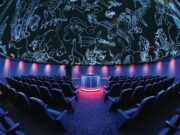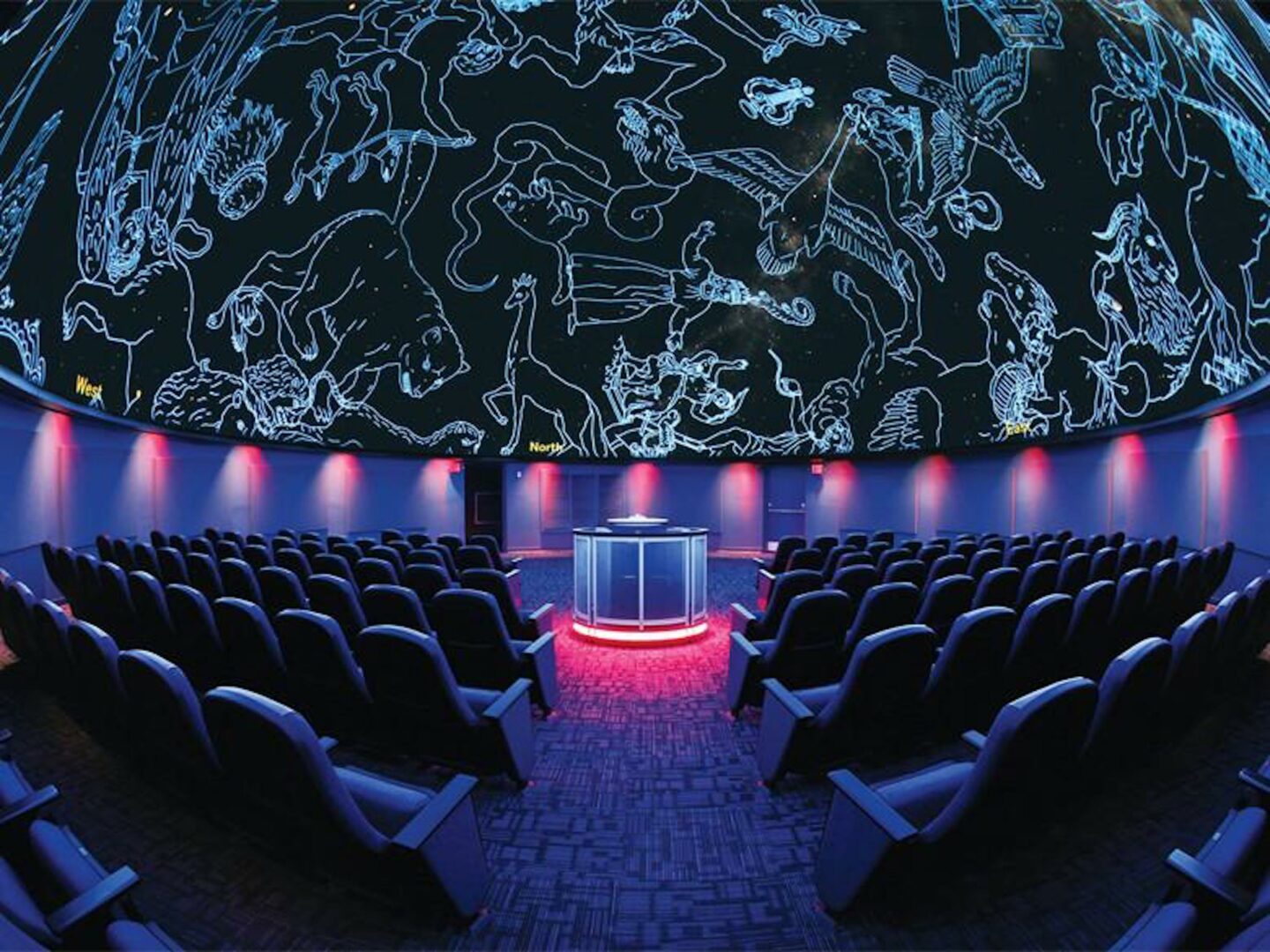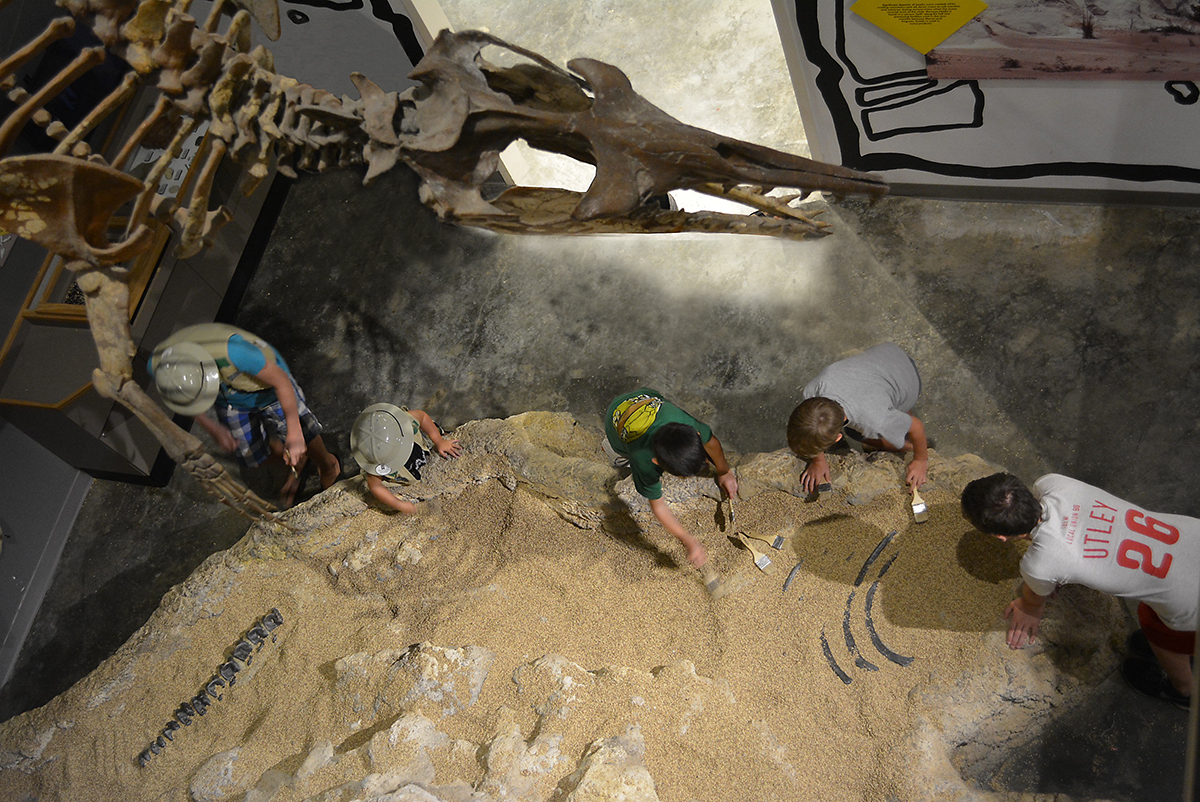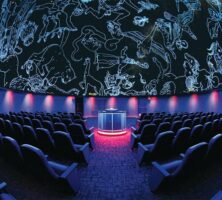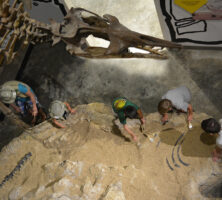Established in 1956, the Museum of Arts and Sciences in Macon is Georgia’s largest institution devoted to the arts and sciences.
It serves as a regional resource for lifelong learning and enrichment by providing exhibitions and programming of scientific, historical, cultural, and artistic value. The museum offers a multidisciplinary facility housing art and science galleries, a planetarium and observatory, the three-story interactive Discovery House, a live-animal complex, nature trails, and an off-site nature preserve. The museum has an annual visitation of nearly 100,000 people per year, including 25,000 schoolchildren. The museum became a Smithsonian affiliate in January 2005, allowing local curators to access the Washington-based institution’s 143 million-item collection.
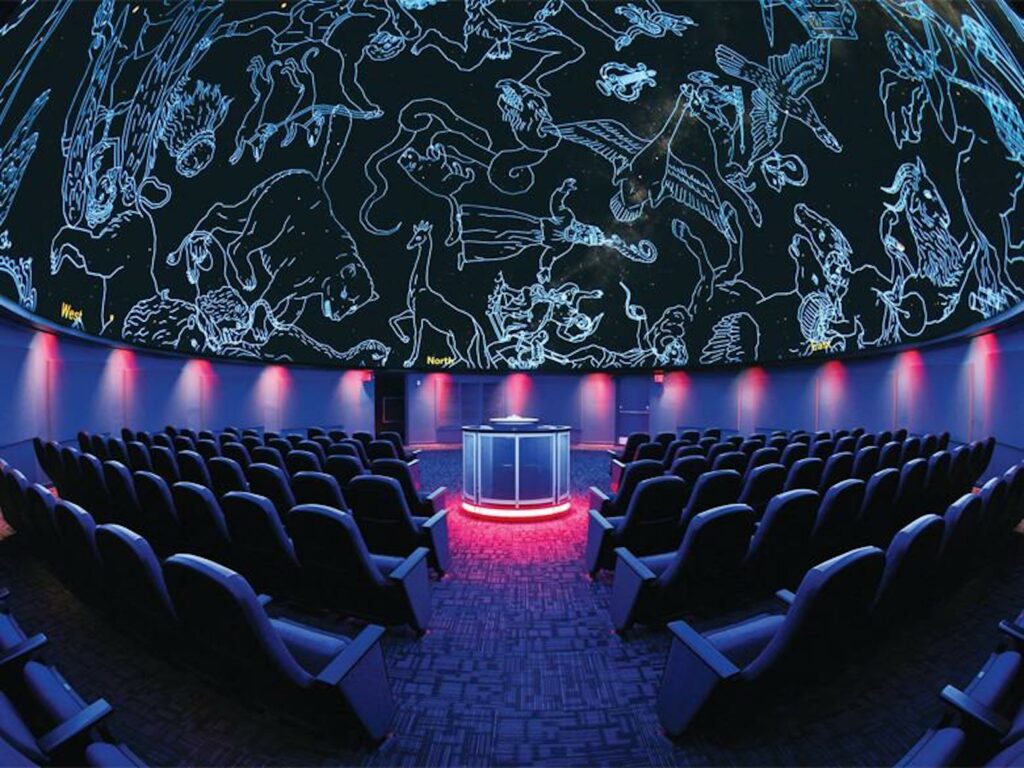
Each year the museum showcases an extensive schedule of changing and permanent exhibitions in the arts and sciences. In the last several years the museum has shown such exhibitions as Fired by Genius: The Ceramics of Pablo Picasso; Mysteries of Egypt; A Slave Ship Speaks: The Wreck of the Henrietta Marie; Sunlight and Shadow: American Impressionism; Dinosaurs: The Invasion; and The Art of Tiffany. In addition, the museum preserves nearly 5,000 cultural objects in its permanent collection, including an early cubist etching by Pablo Picasso and a lamp by Louis Comfort Tiffany, as well as many paintings, ceramics, textiles, and other decorative and fine works of art. The museum’s natural science collection includes rocks, minerals, shells, and a 40-million-year-old whale fossil, Zygorhiza, or Ziggy, which was discovered at a local kaolin mine.
The Discovery House provides an interactive adventure for children of all ages. Three floors of hands-on exhibitions explore art, science, and the humanities. Nestled next to the Discovery House is the Backyard, which is centered on a replica of a banyan tree. The Backyard is home to the museum’s live collection of animals, featuring an alligator, Geoffrey’s tamarins (small monkeys native to the Central American rain forest), a kinkajou (a small, nocturnal, arboreal mammal related to the raccoon and found in the wild from Mexico southward), a variety of snakes and birds, and much more.
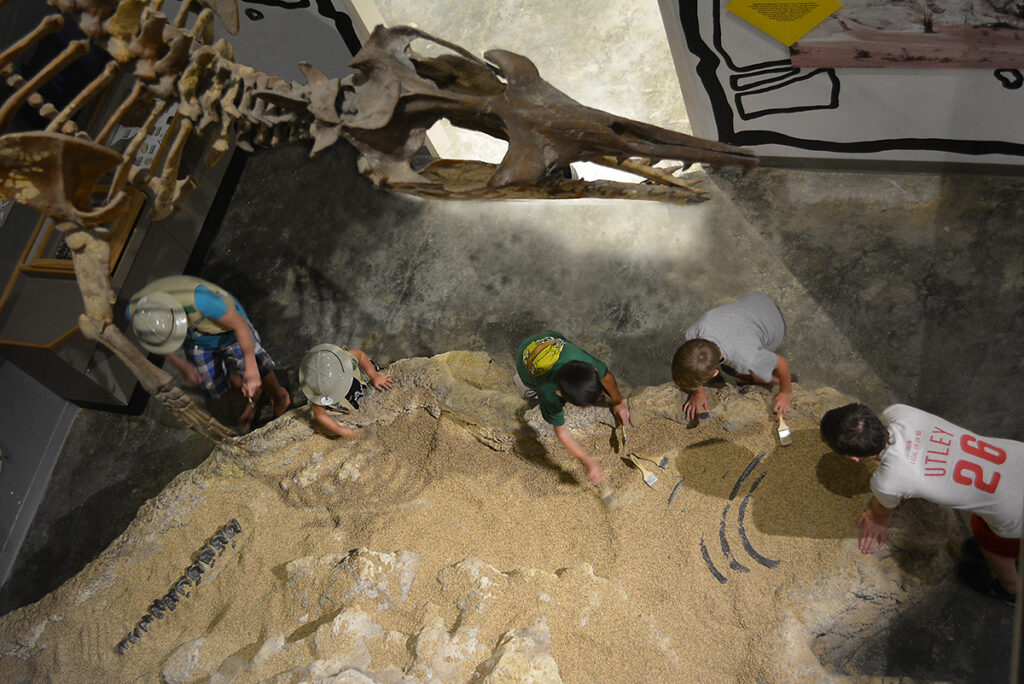
Visitors can journey to the vast reaches of space in the Mark Smith Planetarium, where the night sky is recreated with more than 4,000 twinkling stars. Planetarium shows are presented daily, and a weekly program provides the latest information about current and upcoming celestial events. Telescope and meteorite clinics offer the experience of selecting and using a telescope and identifying meteorites. Visitors may also use the museum observatory’s telescope to view celestial objects.
Brown’s Mount, a 200-acre satellite site for environmental education southeast of Macon, allows for the study of multiple habitats, microhabitats, and wildlife. The museum provides a variety of programs at Brown’s Mount, including day and evening hikes, educational camps, and curriculum programs for school groups.
The museum’s newly restored on-site nature trails offer visitors a close-up view of native plants and animals. Of special interest along one of the trails is a grouping of concrete forms called Ruins and Rituals created by Athens artist Beverly Buchanan. She donated the interactive sculpture to the museum in 1979, intending for visitors to walk around it, climb on top of it, and regard it from different viewpoints.


